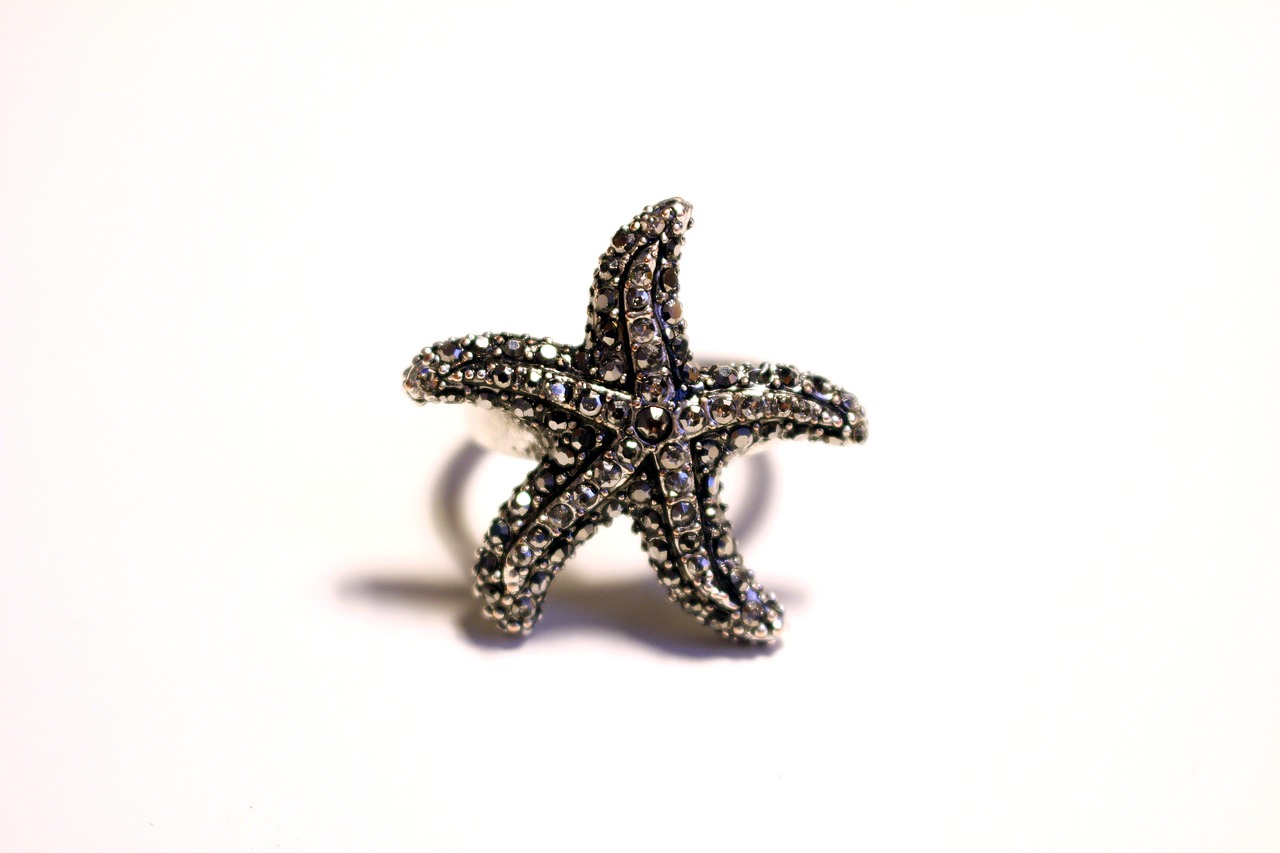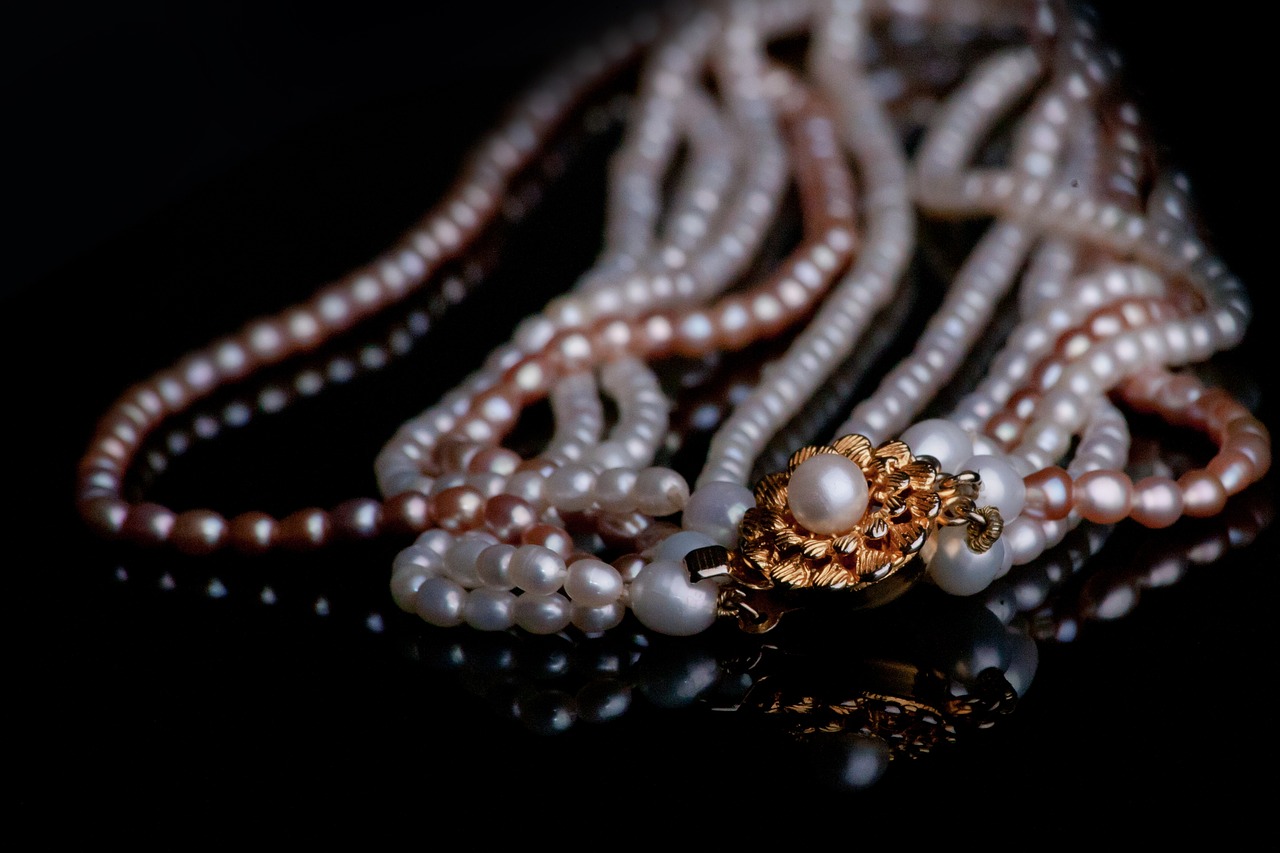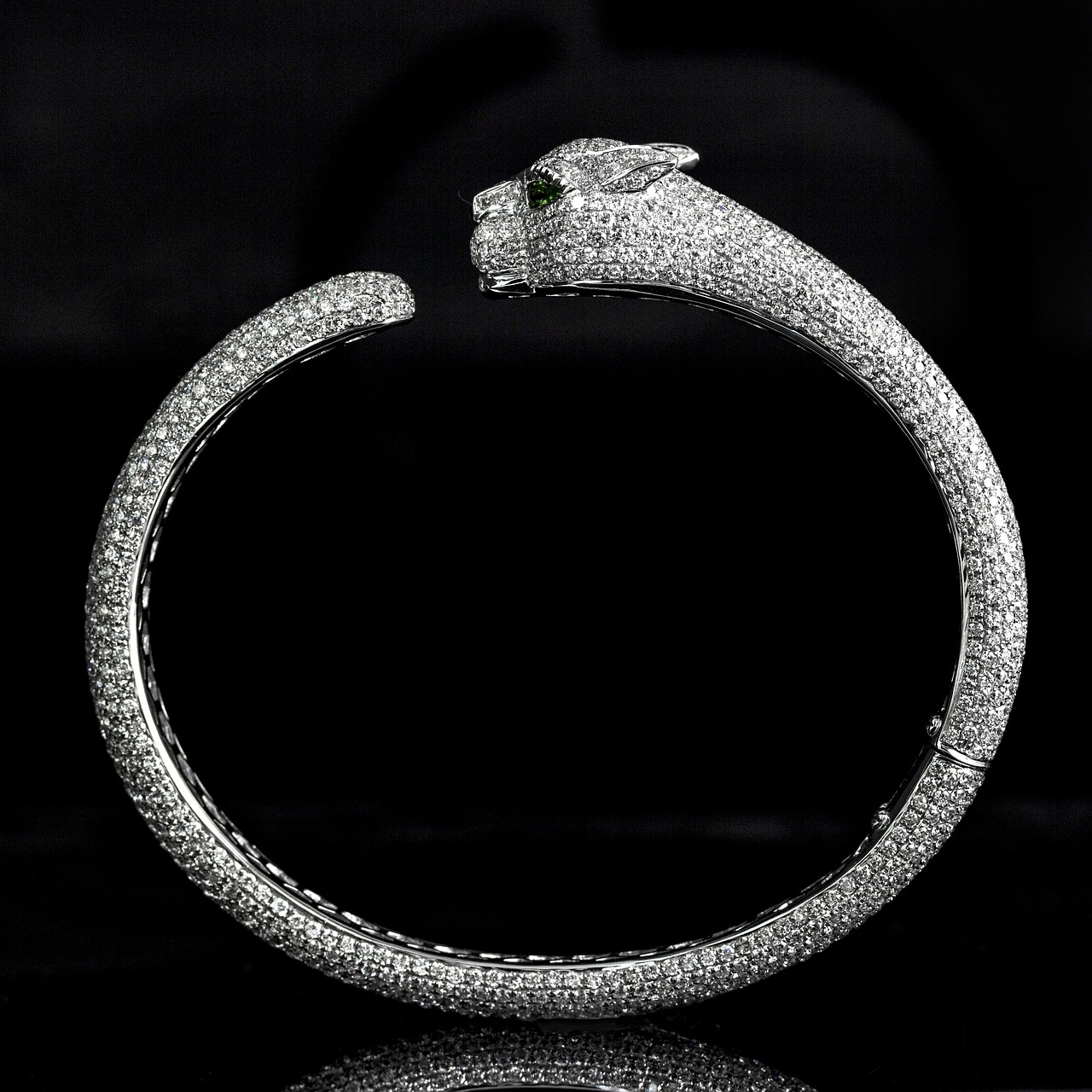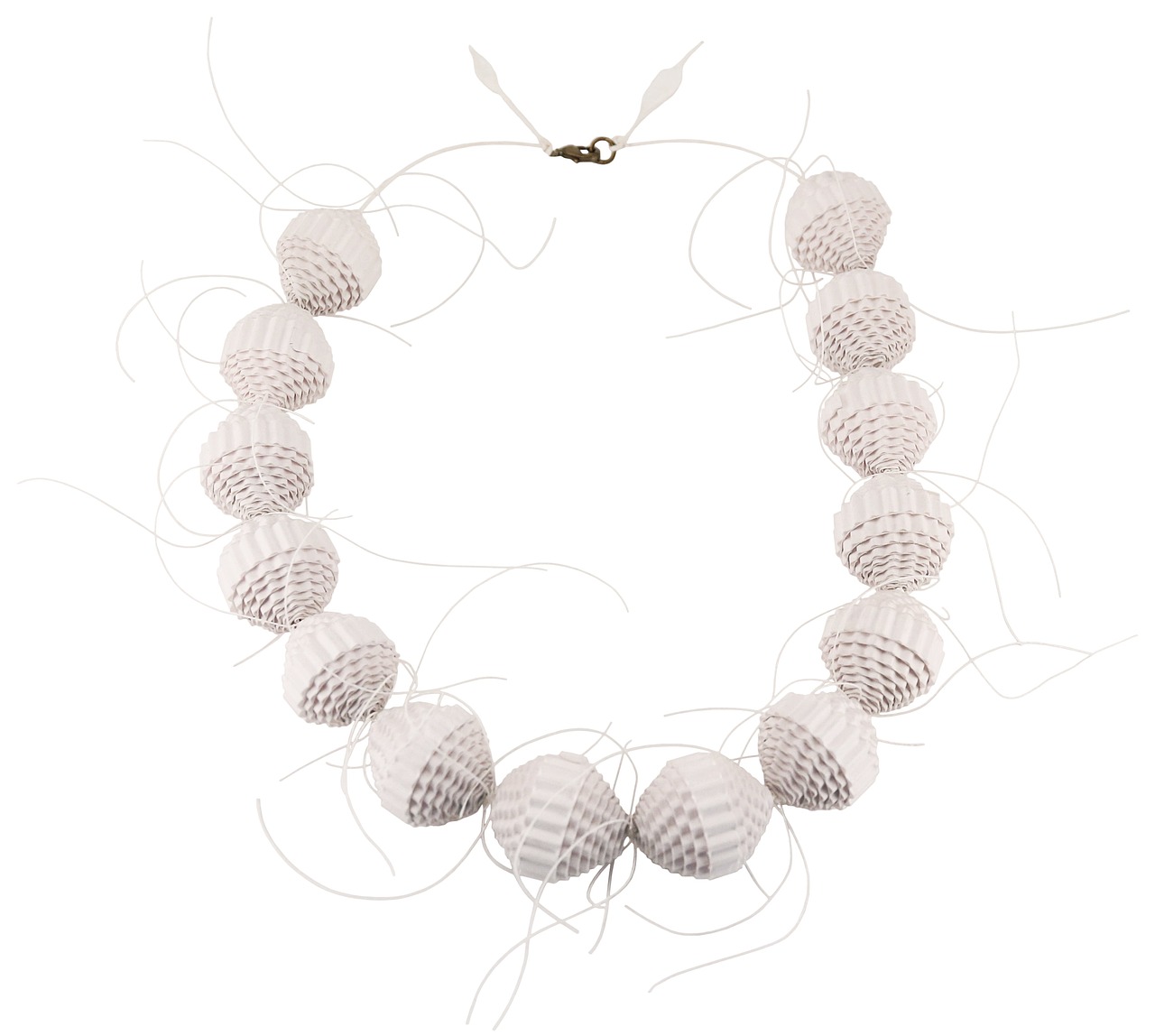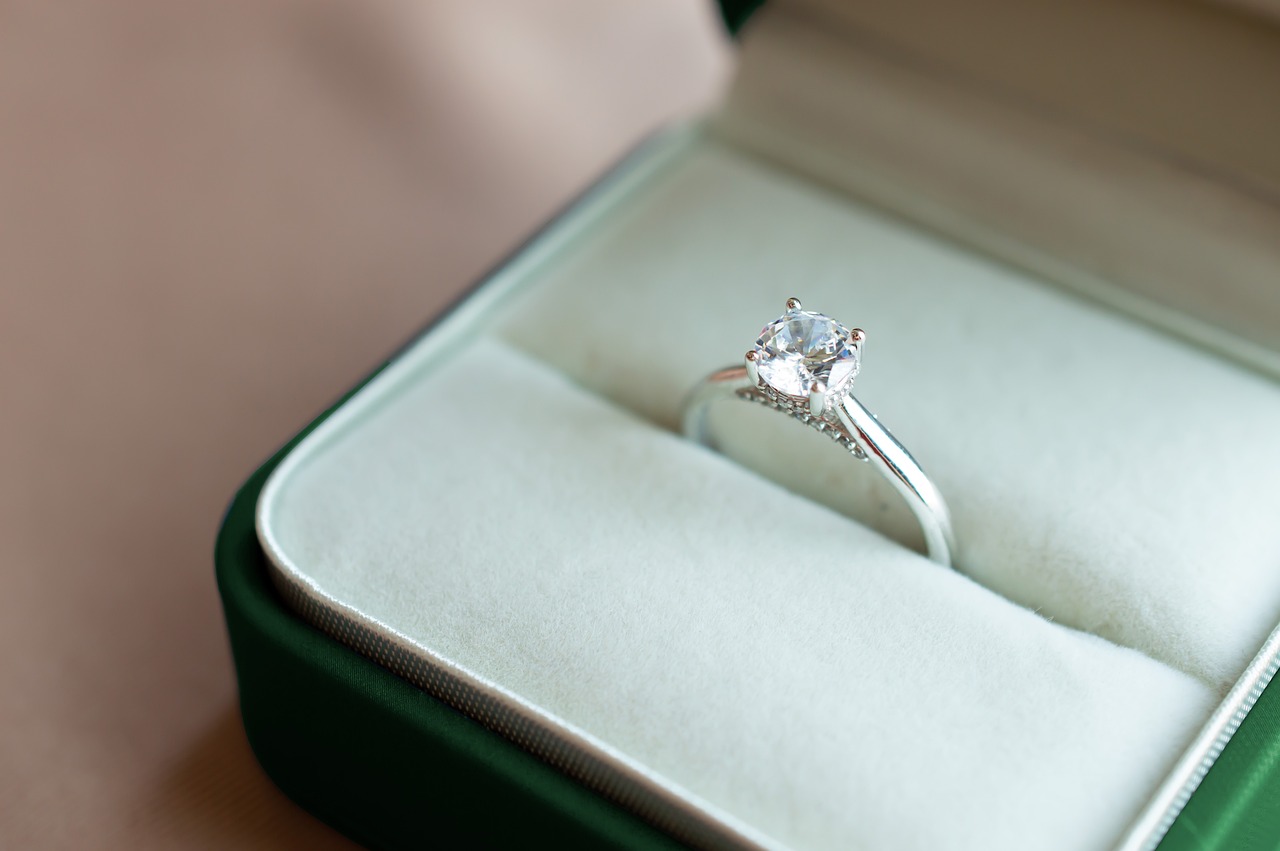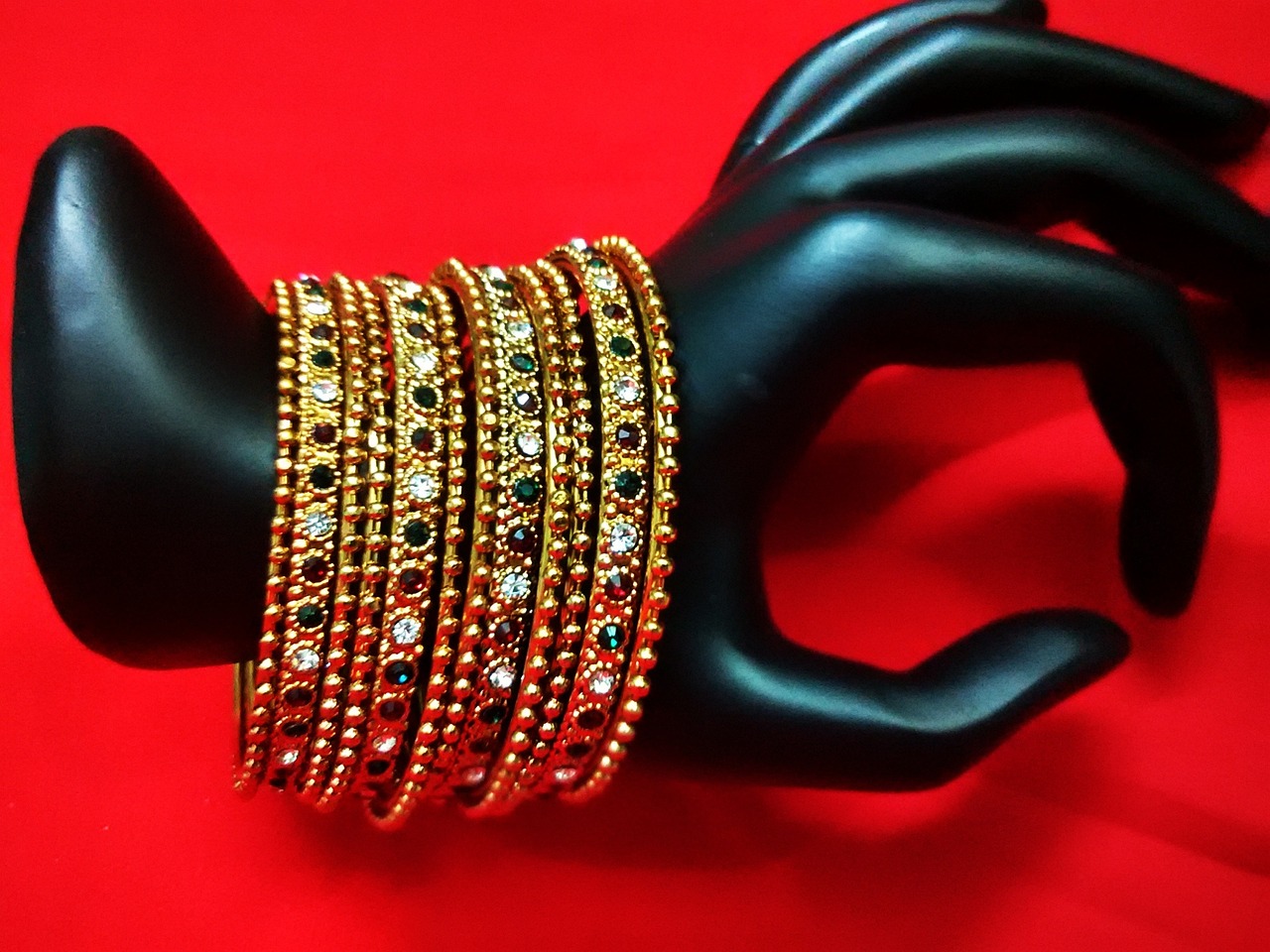This comprehensive guide outlines essential factors to consider when purchasing jewelry, ensuring you make informed decisions that align with your style and budget.
Identifying your personal style is crucial for selecting jewelry that complements your wardrobe and personality. Are you drawn to classic, vintage, or modern designs? Understanding your preferences will help you find pieces that resonate with your aesthetic. Explore various styles, from minimalist to ornate, to discover what feels right for you.
Establishing a budget is essential before shopping for jewelry. Consider what you can comfortably spend without stretching your finances. This understanding not only helps narrow down your options but also prevents the stress of overspending. Remember, quality often comes at a price, so factor in the balance between cost and value.
Jewelry comes in various forms, including rings, necklaces, bracelets, and earrings. Familiarize yourself with these types to make informed choices based on occasions and personal taste. For instance, a statement necklace may be perfect for a night out, while stud earrings could be ideal for everyday wear.
Understanding the distinction between fine and fashion jewelry is vital. Fine jewelry is crafted from precious metals and gemstones, ensuring durability and timelessness. In contrast, fashion jewelry is often more affordable and trendy, allowing for frequent style updates without a significant financial commitment.
Each metal has unique properties and price points. Gold, available in various karats, offers a classic appeal but can be expensive. Silver is a more affordable option, though it may tarnish over time. Platinum, being the most durable and rare, is a luxurious choice but comes with a higher price tag. Consider your lifestyle and preferences when making a decision.
When buying gemstone jewelry, it’s essential to consider quality factors such as cut, color, clarity, and carat weight. These characteristics significantly impact the gemstone’s value and appearance. A well-cut stone can enhance brilliance, while vibrant color can elevate its appeal.
Learn how to assess gemstone quality through the four Cs: cut, color, clarity, and carat weight. This knowledge ensures you select high-quality stones that meet your expectations. For example, a diamond with excellent cut and clarity will sparkle more than one with lower ratings.
Lab-created gemstones offer ethical and cost-effective alternatives to natural stones. These gems are chemically identical to their natural counterparts, often at a fraction of the price. However, some may prefer the uniqueness of natural stones. Weigh the benefits and potential drawbacks to find what aligns with your values.
Certification provides assurance of a jewelry piece’s authenticity and quality. Look for certification from reputable bodies, such as the Gemological Institute of America (GIA) or the American Gem Society (AGS). These certifications can offer peace of mind, ensuring you receive a genuine product.
Evaluating the craftsmanship of a jewelry piece is crucial for ensuring longevity and wearability. Inspect the settings, clasps, and overall construction. High-quality pieces should feel substantial and exhibit attention to detail, indicating they will withstand the test of time.
Choosing the right retailer can significantly impact your jewelry shopping experience. Explore various options, including online stores, local jewelers, and luxury boutiques. Each has its advantages; online stores may offer convenience and variety, while local jewelers provide personalized service and the opportunity to see pieces in person.
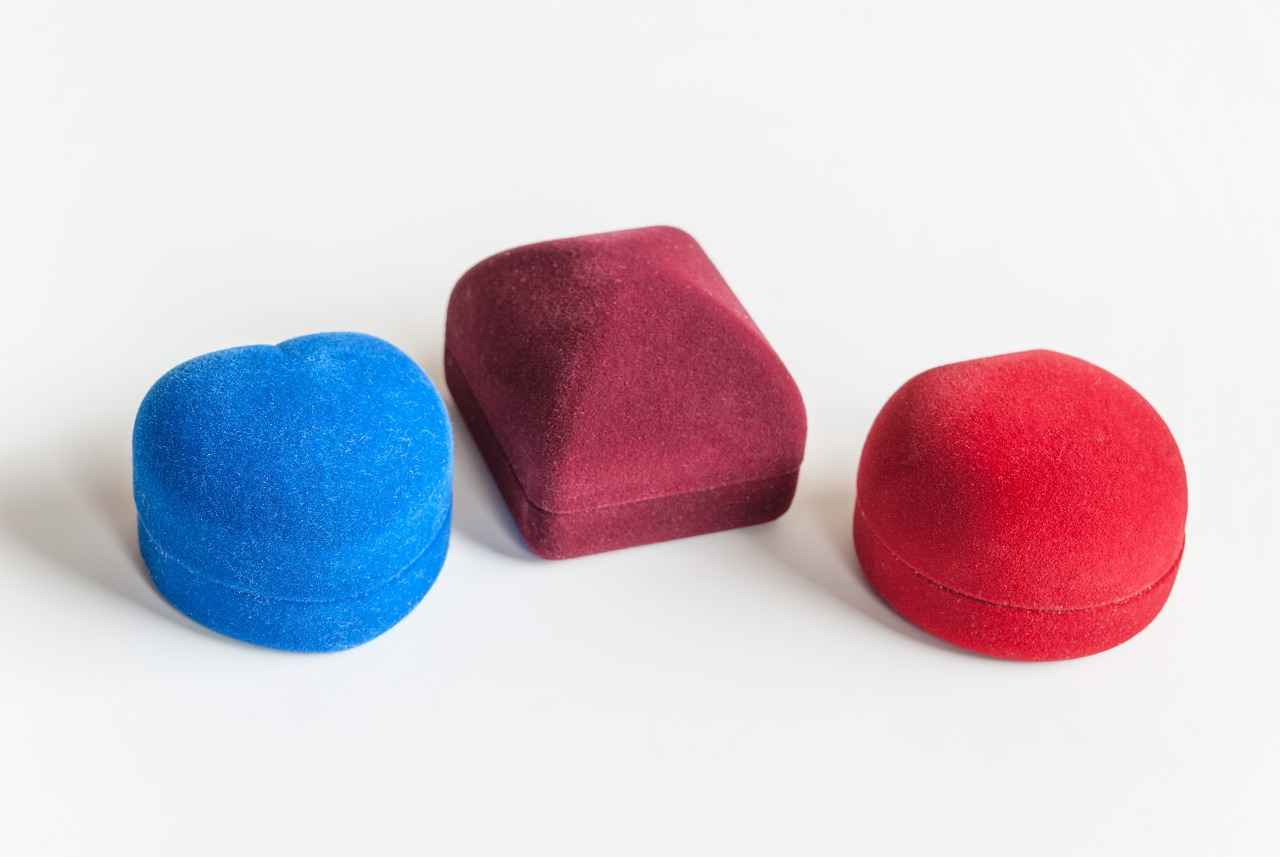
What is Your Jewelry Style?
When it comes to jewelry, understanding your personal style is essential for making choices that enhance your overall look. Jewelry is not just an accessory; it is a reflection of your personality and can significantly impact your wardrobe. This guide will help you explore various jewelry styles and how to identify which ones resonate with you the most.
Jewelry serves as a form of self-expression, and knowing your style can help you choose pieces that not only complement your outfits but also reflect who you are. Whether you prefer the elegance of classic designs or the boldness of contemporary pieces, identifying your style can save you time and money while shopping. It also helps you build a cohesive jewelry collection that enhances your wardrobe.
- Classic: Timeless pieces that never go out of style, such as pearl necklaces and diamond studs.
- Bohemian: Eclectic and artistic, often featuring natural materials and vibrant colors.
- Minimalist: Simple and understated designs that focus on clean lines and subtle elegance.
- Vintage: Jewelry that reflects styles from previous eras, often characterized by intricate details and craftsmanship.
- Statement: Bold pieces designed to stand out, such as oversized earrings or chunky bracelets.
To find your unique jewelry style, consider the following steps:
- Assess Your Wardrobe: Look at the colors, patterns, and styles of clothing you wear most often. This can provide clues about the types of jewelry that will complement your outfits.
- Experiment: Don’t hesitate to try on different styles. Visit jewelry stores or browse online to see what catches your eye. You might discover a new favorite style!
- Follow Trends, But Stay True to Yourself: While it’s fun to incorporate current trends, ensure that the pieces you choose align with your personal taste.
- Seek Inspiration: Look at fashion magazines, social media platforms, or jewelry blogs to gather ideas. Pay attention to how others style their jewelry.
Your jewelry choices can influence not only your outfit but also your mood and confidence. Wearing pieces that you love can boost your self-esteem and make you feel more put together. Therefore, it’s crucial to select items that you genuinely connect with.
Identifying your personal jewelry style is a journey that involves exploration and self-discovery. By understanding the various styles available and how they align with your wardrobe and personality, you can make informed decisions that enhance your overall look. Remember, the right jewelry can elevate even the simplest outfit, making it essential to choose pieces that resonate with your unique style.

How to Determine Your Budget?
When it comes to purchasing jewelry, one of the most critical steps is understanding how to determine your budget. Establishing a budget is essential before shopping for jewelry. This process not only aids in narrowing down your options but also prevents the stress and regret that can come with overspending. Here’s a detailed guide to help you set a realistic budget for your jewelry purchase.
Setting a budget is crucial for several reasons:
- Financial Control: Knowing your limits helps you avoid impulse buying and keeps your finances in check.
- Focused Shopping: A budget gives you a clear direction, allowing you to focus on options that fit within your financial parameters.
- Reduced Stress: When you have a budget, shopping becomes less overwhelming, as you eliminate choices that are out of reach.
Creating a budget involves a few simple steps:
- Assess Your Finances: Take a close look at your income, expenses, and savings. Determine how much you can comfortably allocate for jewelry without affecting your financial stability.
- Research Prices: Familiarize yourself with the price ranges of different types of jewelry. This includes understanding the cost of metals, gemstones, and craftsmanship.
- Prioritize Your Needs: Decide what type of jewelry you need or want. Is it for a special occasion, or are you looking for everyday wear? Prioritizing helps in allocating your budget effectively.
- Consider Future Expenses: Remember to factor in any future expenses you might have, such as maintenance or insurance for valuable pieces.
The amount you should spend on jewelry can vary greatly depending on several factors:
- Occasion: For special occasions like engagements or anniversaries, it’s common to invest more compared to everyday pieces.
- Personal Financial Situation: Your financial health should always dictate your spending. Aim for a balance between your desires and your financial reality.
- Quality vs. Quantity: Sometimes, it’s better to invest in a high-quality piece that lasts rather than multiple lower-quality items.
Once you’ve established a budget, here are some tips to help you stick to it:
- Use Cash: Consider using cash for your jewelry purchases. This can make it easier to stick to your budget compared to using credit cards.
- Shop Sales and Promotions: Keep an eye out for sales, discounts, and promotions to get the best value for your money.
- Take Your Time: Don’t rush your purchase. Take your time to compare prices and options to ensure you’re making a well-informed decision.
In conclusion, determining your budget before shopping for jewelry is a vital step that can save you from financial strain and ensure a satisfying purchase experience. By following these guidelines, you can confidently navigate the world of jewelry shopping while staying within your financial means.

What Are the Different Types of Jewelry?
When it comes to jewelry, the options are virtually limitless, encompassing a wide array of styles, materials, and designs. Understanding the different types of jewelry can significantly enhance your shopping experience, allowing you to make choices that reflect your personal taste and suit various occasions.
Jewelry comes in various forms, each with its unique appeal and purpose. Here are some of the most common types:
- Rings: Often worn on fingers, rings can symbolize love, commitment, or simply serve as a fashion statement. They come in various styles, including engagement rings, wedding bands, and statement rings.
- Necklaces: These adornments can range from simple chains to elaborate pendants. Necklaces can be worn for casual outings or formal events, making them versatile accessories.
- Bracelets: Available in many forms such as bangles, cuffs, or charm bracelets, they add a touch of elegance to the wrist and can be stacked for a trendy look.
- Earrings: From studs to hoops and chandeliers, earrings frame the face and can dramatically change an outfit’s style. They are available in various materials and designs, catering to different tastes.
- Pendants: Often attached to necklaces, pendants can be standalone pieces that carry significant meaning or simply serve as decorative elements.
Each type of jewelry can be further categorized based on style, material, and intended use. Familiarizing yourself with these distinctions will empower you to make informed choices that align with your personal style and the occasion at hand.
Choosing the right jewelry for an occasion can elevate your outfit and express your personality. Here are some tips:
- Cocktail Parties: Opt for statement pieces like bold necklaces or eye-catching earrings that complement your attire.
- Weddings: Consider wearing elegant and timeless pieces such as pearl earrings or delicate bracelets that enhance your overall look without overshadowing the bride.
- Everyday Wear: For casual outings, choose simple and versatile pieces like stud earrings or minimalist necklaces that can be easily paired with various outfits.
When selecting jewelry, consider the following factors:
- Personal Style: Your jewelry should reflect your individual taste and personality. Think about what styles resonate with you.
- Comfort: Ensure that the jewelry you choose is comfortable to wear, especially if you plan to wear it for extended periods.
- Quality: Look for well-crafted pieces made from durable materials to ensure longevity.
- Versatility: Consider how well the jewelry can be paired with different outfits and occasions.
By understanding the various types of jewelry and how to choose them wisely, you can enhance your collection and ensure that you always have the perfect piece for any occasion.
What Are Fine and Fashion Jewelry?
Understanding the distinction between fine and fashion jewelry is essential for anyone looking to make informed purchasing decisions. While both types of jewelry serve to enhance personal style, they cater to different needs, budgets, and occasions.
Fine jewelry is crafted from high-quality materials, including precious metals such as gold, silver, and platinum, as well as genuine gemstones like diamonds, sapphires, and emeralds. These pieces are often designed with a timeless aesthetic in mind, making them suitable for both everyday wear and special occasions. The durability of fine jewelry is also a significant factor; it is designed to last a lifetime, often becoming family heirlooms that can be passed down through generations.
On the other hand, fashion jewelry is typically made from less expensive materials, such as base metals, glass, or synthetic stones. This type of jewelry is often more trend-driven, allowing consumers to experiment with their style without a hefty financial commitment. Fashion jewelry is perfect for those who enjoy changing their accessories frequently to keep up with the latest trends.
- Material Quality: Fine jewelry uses high-quality materials, while fashion jewelry often incorporates affordable alternatives.
- Price Point: Fine jewelry is generally more expensive due to the materials used, whereas fashion jewelry is budget-friendly.
- Durability: Fine jewelry is designed for longevity, while fashion jewelry may not withstand daily wear as well.
- Style Versatility: Fashion jewelry allows for more experimentation with styles, while fine jewelry tends to be more classic.
Investing in fine jewelry can be a wise decision for several reasons. Firstly, its intrinsic value often appreciates over time, making it a potential investment. Secondly, fine jewelry typically comes with better craftsmanship, ensuring that each piece is not only beautiful but also durable. Lastly, fine jewelry often carries sentimental value, making it perfect for significant life events such as engagements, anniversaries, or graduations.
Fashion jewelry is an excellent choice for those who enjoy keeping their look fresh and current. It allows for affordable experimentation with different styles and trends. If you’re attending a themed party or a casual outing, fashion jewelry can provide a playful touch without the worry of damage or loss. Additionally, it’s a fantastic way to accessorize without breaking the bank.
Ultimately, the choice between fine and fashion jewelry depends on your individual needs, style preferences, and budget. Consider what occasions you’ll be wearing the jewelry for, how often you plan to wear it, and whether you’re looking for a lasting investment or something trendy. Understanding these distinctions can help you make a more informed decision, ensuring that your jewelry collection reflects your personal style while meeting your practical needs.
How to Choose Between Gold, Silver, and Platinum?
When it comes to selecting the perfect metal for your jewelry, understanding the differences between gold, silver, and platinum is essential. Each metal not only has unique properties but also varying price points that can significantly affect your purchasing decision. This section will delve into the advantages and disadvantages of each metal, helping you make an informed choice that suits your style and budget.
Gold is a timeless choice that has been cherished for centuries. One of its primary advantages is its durability; pure gold is resistant to tarnish and corrosion, making it an excellent option for everyday wear. Additionally, gold is available in various karats, allowing you to choose the purity level that fits your budget.
- Pros: Durable, hypoallergenic, and retains value.
- Cons: Can be expensive, especially for high karat options.
Silver is another popular metal that is often more affordable than gold and platinum. It has a bright, lustrous finish that appeals to many jewelry enthusiasts. However, it is important to note that silver can tarnish over time, requiring regular maintenance.
- Pros: Affordable, versatile, and easy to style.
- Cons: Prone to tarnishing and may require more frequent care.
Platinum is known for its exceptional strength and purity. It is a rarer metal than gold and silver, which contributes to its higher price point. Platinum jewelry is ideal for those who want a luxurious look combined with long-lasting durability. It is also hypoallergenic, making it suitable for sensitive skin.
- Pros: Extremely durable, hypoallergenic, and maintains its color over time.
- Cons: Higher cost and can be heavier than gold or silver.
When choosing between these metals, consider the following factors:
- Budget: Determine how much you are willing to spend, as this will narrow down your options.
- Style: Think about your personal style and the type of jewelry you typically wear.
- Durability: If you plan to wear the piece daily, consider how well the metal will hold up over time.
- Maintenance: Understand how much care each metal requires to keep it looking its best.
Ultimately, the choice between gold, silver, and platinum comes down to personal preference and lifestyle needs. Each metal has its unique charm and benefits, making them suitable for different occasions and styles. By weighing the pros and cons, you can confidently select the metal that aligns with your vision and enhances your jewelry collection.

What to Look for in Gemstones?
When it comes to purchasing gemstone jewelry, understanding the various quality factors is crucial for making an informed decision. The beauty and value of gemstones are largely determined by four key characteristics: cut, color, clarity, and carat weight. Each of these elements plays a significant role in the overall appearance and worth of the gemstone.
The cut of a gemstone refers to how well it has been shaped and faceted. A well-cut gemstone reflects light beautifully, enhancing its brilliance and sparkle. Different cuts can influence the overall aesthetic appeal, so it’s essential to choose a cut that complements the stone’s natural characteristics. For instance, round cuts are known for their brilliance, while emerald cuts emphasize clarity.
Color is one of the most critical factors in determining a gemstone’s value. The most sought-after gemstones exhibit rich, vibrant colors. However, the hue, tone, and saturation of the color must be considered. For example, a deep blue sapphire is generally more valuable than a lighter shade. Understanding the color grading system can help you make better choices when selecting gemstones.
Clarity refers to the presence of inclusions or blemishes within a gemstone. The fewer imperfections a gemstone has, the higher its quality and value. Clarity is graded on a scale from Flawless (no inclusions visible under 10x magnification) to Included (inclusions visible to the naked eye). Always examine gemstones under proper lighting to assess their clarity accurately.
Carat weight measures a gemstone’s size. While larger stones tend to be more valuable, the other quality factors must also be taken into account. A smaller stone with exceptional cut, color, and clarity can be more valuable than a larger stone with poor quality. Therefore, it is essential to balance carat weight with the other characteristics when making your selection.
To adequately assess gemstone quality, familiarize yourself with the Four Cs: cut, color, clarity, and carat weight. This framework provides a comprehensive approach to evaluating gemstones. When shopping, always request certification from reputable organizations, as this can verify the quality and authenticity of the gemstone.
Lab-created gemstones have gained popularity due to their ethical and cost-effective nature. These stones have the same physical and chemical properties as their natural counterparts but are often available at a fraction of the price. However, some purists prefer natural stones for their uniqueness and rarity. Understanding the pros and cons of lab-created versus natural gemstones can help you make a more informed decision.
Certification is vital when purchasing gemstone jewelry. It provides assurance regarding the authenticity and quality of the stone. Look for certificates from reputable organizations such as the Gemological Institute of America (GIA) or the American Gem Society (AGS). These certifications detail the gemstone’s characteristics, helping you verify its value and quality.
Evaluating the craftsmanship of the jewelry is equally important as assessing the gemstone. Check for secure settings, smooth finishes, and overall construction quality. A well-crafted piece will not only look better but will also last longer, making it a worthwhile investment.
In conclusion, understanding the key factors of cut, color, clarity, and carat weight will empower you to make informed decisions when purchasing gemstone jewelry. Whether you opt for natural or lab-created stones, prioritize quality and certification to ensure a purchase that you will cherish for years to come.
How to Evaluate Gemstone Quality?
When it comes to purchasing gemstone jewelry, understanding quality is essential. The value and beauty of a gemstone are influenced by several key factors known as the four Cs: cut, color, clarity, and carat weight. Mastering these attributes will empower you to make informed decisions and select high-quality stones that meet your aesthetic and investment desires.
The cut refers to how well a gemstone has been shaped and faceted. A well-cut stone will reflect light beautifully, enhancing its brilliance and sparkle. The cut is not only about the shape, such as round, oval, or pear, but also about the proportions and symmetry. It’s crucial to choose a gemstone with an excellent cut, as it directly affects the overall appearance.
Color is one of the most significant factors in determining a gemstone’s quality. The best gemstones exhibit rich, vibrant colors that are evenly distributed. For example, in diamonds, the absence of color is valued, while colored gemstones like rubies and sapphires are prized for their deep hues. When assessing color, consider the hue, tone, and saturation, as these elements combine to create the stone’s overall appeal.
Clarity refers to the presence of internal or external imperfections, known as inclusions and blemishes, respectively. The fewer imperfections a gemstone has, the higher its clarity grade and value. While some inclusions can add character to a stone, especially in natural gemstones, a higher clarity level is generally more desirable. Always examine gemstones under magnification to identify any flaws that may affect their beauty.
Carat weight measures the size of a gemstone. One carat equals 200 milligrams. While larger stones are often more valuable, the price also depends on the other Cs. It’s essential to balance carat weight with cut, color, and clarity; a smaller gemstone with superior quality may be more valuable than a larger stone with poor characteristics.
When evaluating a gemstone, it’s crucial to consider all four Cs collectively. For instance, a large gemstone with poor cut and color may not be as appealing as a smaller, well-cut stone with vibrant color and high clarity. Always prioritize what matters most to you, whether it be size, color, or brilliance, to find the perfect gemstone.
While the four Cs are fundamental, other aspects can also influence your purchase. Origin can play a role in value; for instance, some gemstones from specific regions are more sought after. Additionally, treatment of gemstones, such as heat treatment or dyeing, can affect their quality and price. Always inquire about these factors when purchasing.
To ensure you are selecting high-quality gemstones, consider reputable jewelers or certified dealers. Look for certifications from recognized gemological laboratories, which provide assurance regarding the quality and authenticity of the gemstone. Online reviews and recommendations can also guide you to trustworthy sources.
By familiarizing yourself with the four Cs and additional factors, you can confidently evaluate gemstone quality and make informed purchasing decisions that align with your personal style and investment goals.
Are Lab-Created Gemstones a Good Option?
Lab-created gemstones have emerged as a popular choice for consumers seeking both ethical and cost-effective alternatives to natural stones. This section delves into the numerous benefits and potential drawbacks of these innovative gems, helping you make an informed decision.
Lab-created gemstones are synthetic stones produced in controlled environments using advanced technology that replicates the natural processes of gemstone formation. Unlike their natural counterparts, these stones are often more affordable and can be created in a variety of colors and sizes.
- Ethical Sourcing: One of the primary advantages is their ethical production. Lab-created gemstones eliminate the environmental and social issues often associated with mining.
- Cost-Effectiveness: Generally, these gemstones are significantly less expensive than natural stones, allowing consumers to purchase larger or higher-quality gems within their budget.
- Consistency: Lab-created stones offer uniform quality and appearance, which can be appealing for those seeking a specific look.
- Environmental Impact: The production of lab-created gemstones typically has a lower environmental footprint compared to traditional mining practices.
- Perceived Value: Some consumers may view lab-created gemstones as less valuable than natural stones, which can affect resale value.
- Market Acceptance: While acceptance is growing, some traditionalists still prefer natural stones, which may impact the desirability of lab-created options.
- Limited Historical Significance: Natural gemstones often carry historical and sentimental value, which lab-created stones may lack.
When comparing lab-created gemstones to natural stones, it’s essential to consider factors such as appearance, durability, and value. Lab-created stones can be virtually identical to natural ones in terms of appearance and physical properties. However, the emotional and historical significance of natural stones is something that lab-created options cannot replicate.
Choosing whether to invest in lab-created gemstones ultimately depends on your personal values and preferences. If ethical sourcing and cost savings are your priorities, lab-created stones may be an excellent choice. However, if you prioritize historical significance and potential resale value, natural gemstones might be more suitable.
In conclusion, lab-created gemstones present a compelling option for modern consumers. They offer a blend of affordability, ethical production, and aesthetic appeal, making them an attractive alternative to traditional gemstones. By weighing the benefits and drawbacks, you can make a choice that aligns with your values and style.
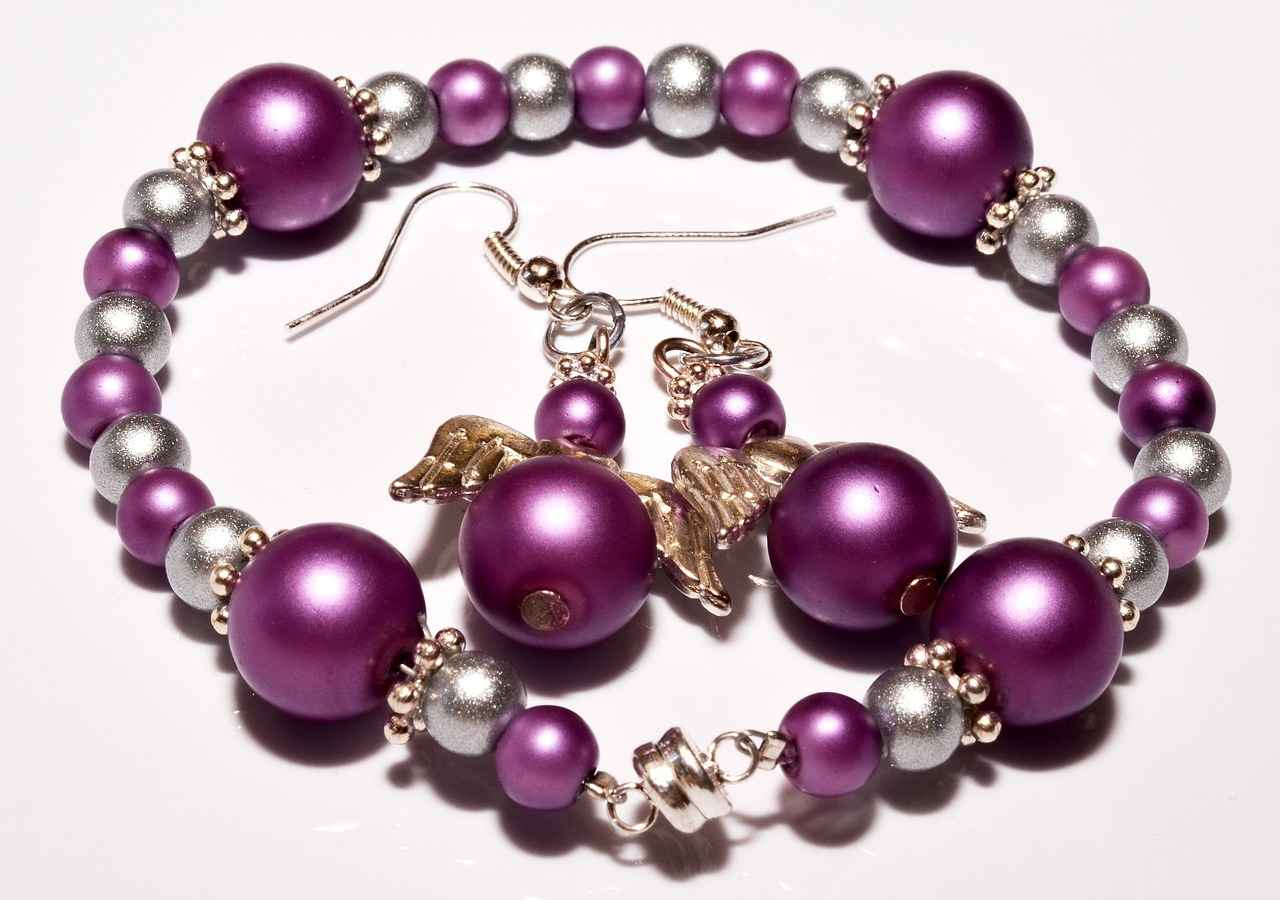
What Is the Importance of Jewelry Certification?
When investing in jewelry, understanding the significance of certification is crucial. Jewelry certification not only provides assurance of a piece’s authenticity and quality but also enhances the overall buying experience. In this section, we will explore the various certification bodies, what they evaluate, and essential factors to consider when purchasing certified jewelry.
Jewelry certification serves as a guarantee that the piece you are purchasing has been evaluated by a professional gemologist or a recognized institution. This process ensures that the jewelry meets specific standards regarding its material, craftsmanship, and overall quality. Here are some key reasons why certification is essential:
- Authenticity: Certification provides proof that the gemstones and metals used in the jewelry are genuine and not synthetic or treated.
- Value Assurance: Certified pieces typically retain their value better over time, making them a sound investment.
- Peace of Mind: Knowing that your jewelry has been assessed by experts allows you to make informed purchasing decisions.
Several reputable organizations provide certification for jewelry. Understanding these bodies can help you recognize credible certifications:
| Certification Body | Description |
|---|---|
| Gemological Institute of America (GIA) | The GIA is one of the most recognized organizations in the industry, known for its rigorous grading systems for diamonds and gemstones. |
| American Gem Society (AGS) | AGS focuses on ethical practices and provides detailed grading reports for diamonds and gemstones. |
| International Gemological Institute (IGI) | IGI offers certification for a wide range of gemstones and jewelry, emphasizing quality assurance and consumer education. |
When considering a certified piece of jewelry, there are several factors to keep in mind:
- Certification Report: Always ask for the certification report. This document should detail the specific characteristics of the jewelry, including the type of gemstones, their quality, and any treatments they may have undergone.
- Grading Scale: Familiarize yourself with the grading scales used by the certification body. Understanding the scales can help you gauge the quality of the piece.
- Reputation of the Certifying Body: Ensure that the certification comes from a reputable organization. Research their credibility and recognition in the industry.
While certification is beneficial, it’s essential to recognize its limitations. Certification does not guarantee that a piece will appreciate in value, nor does it ensure that the jewelry is free from flaws. Additionally, not all certification bodies adhere to the same standards, so it’s crucial to conduct thorough research and seek advice from trusted sources.
In summary, jewelry certification plays a vital role in ensuring that your investment is safe and sound. By understanding its importance, knowing the major certification bodies, and what to look for in a certified piece, you can navigate the jewelry market with confidence. Always prioritize certified jewelry to secure both quality and authenticity in your purchases.

How to Check for Craftsmanship and Durability?
When it comes to purchasing jewelry, understanding craftsmanship and durability is essential for ensuring that your investment stands the test of time. A well-crafted piece not only enhances your style but also provides longevity, allowing you to enjoy it for years to come. This section delves into the key indicators that signify quality construction, helping you make informed decisions.
- Materials Used: High-quality jewelry often starts with premium materials. Look for pieces made from solid gold, sterling silver, or platinum. Avoid items marked as “gold-plated” or “silver-plated,” as these can wear off over time.
- Craftsmanship Details: Examine the intricacies of the design. Quality jewelry should have smooth edges, secure settings, and even finishes. Take note of any rough spots or inconsistencies, as these can indicate poor craftsmanship.
- Weight and Feel: Heavier pieces often signify higher quality materials. When you hold a jewelry item, it should feel substantial rather than flimsy or overly light.
- Stone Settings: For gemstone jewelry, the way stones are set is critical. Look for prong settings that securely hold the stone in place, rather than glue or loose settings, which can lead to loss or damage.
- Joint and Clasp Quality: Pay attention to clasps and joints, especially in necklaces and bracelets. A sturdy clasp ensures that your jewelry remains secure while being worn, preventing accidental loss.
Additionally, consider the brand reputation and certifications associated with the piece. Established brands often have a history of quality, while certifications can provide assurance of the materials and craftsmanship used. When shopping, always ask for documentation that confirms the authenticity and quality of the jewelry.
Another aspect to consider is the care and maintenance required for the jewelry. High-quality pieces often come with specific guidelines to ensure their longevity. Understanding how to care for your jewelry will help maintain its appearance and durability over time.
Finally, don’t hesitate to consult with a professional jeweler if you’re unsure about a piece’s quality. Their expertise can provide valuable insights into the craftsmanship and potential longevity of the jewelry you are considering.
In summary, evaluating craftsmanship and durability involves a keen eye for detail and an understanding of what constitutes quality in jewelry. By focusing on the materials, design intricacies, and overall construction, you can confidently select pieces that not only enhance your style but also endure through time.
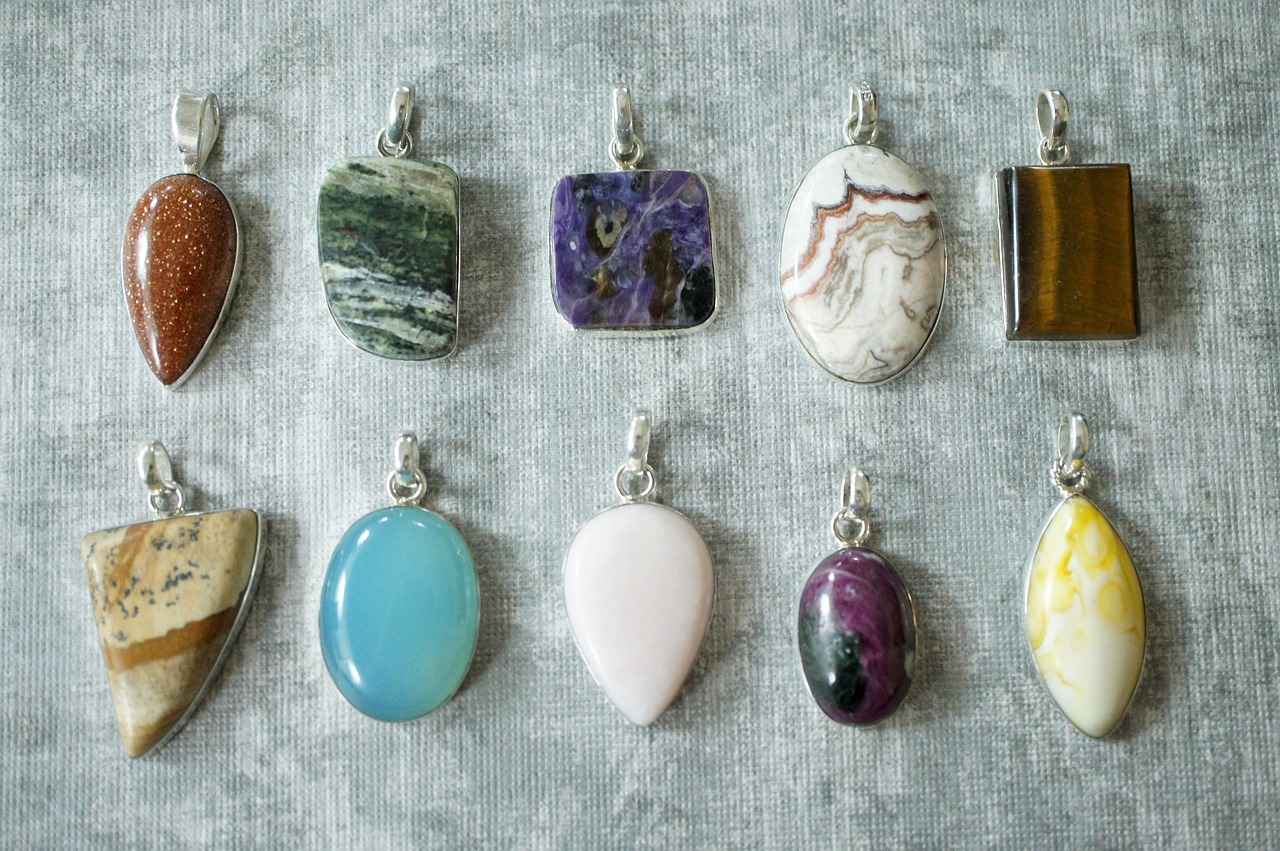
What Are the Best Places to Buy Jewelry?
When it comes to purchasing jewelry, choosing the right retailer can significantly impact your shopping experience. The vast array of options available can be overwhelming, but understanding the different types of retailers can help you find the perfect fit for your needs.
There are several avenues to explore when searching for jewelry, each offering unique benefits and experiences. Below are some of the most popular options:
- Online Stores: The digital age has transformed the way we shop for jewelry. Online retailers offer a wide selection, often at competitive prices. You can browse from the comfort of your home, compare products easily, and read customer reviews. However, it’s crucial to purchase from reputable websites with clear return policies and customer service.
- Local Jewelers: Shopping at local jewelers can provide a personalized experience. These establishments often have knowledgeable staff who can guide you through your options. Additionally, supporting local businesses contributes to the community’s economy. You might also find unique pieces that aren’t available elsewhere.
- Luxury Boutiques: If you’re looking for something truly special, luxury boutiques offer high-end jewelry from renowned designers. These stores often provide an exceptional shopping experience, complete with personalized services and exquisite packaging. However, be prepared for higher price points.
- Estate Sales and Antique Shops: For those who appreciate the charm of vintage jewelry, estate sales and antique shops can be treasure troves. You may find one-of-a-kind pieces with history and character. Just ensure you verify the authenticity and quality before making a purchase.
- Jewelry Shows and Expos: Attending jewelry shows allows you to see a variety of styles and designs in one place. You can meet artisans and learn about their craft, often getting a chance to purchase directly from the makers. Keep an eye out for local events to find unique pieces.
Each of these options has its pros and cons, so it’s essential to consider what matters most to you. Are you looking for a specific type of jewelry, or do you want to explore different styles? Do you prioritize budget, quality, or the shopping experience? Answering these questions can help narrow down your choices.
Moreover, it’s important to research the retailer before making a purchase. Check for customer reviews, return policies, and certifications to ensure you’re buying from a trustworthy source. If you’re shopping locally, visit the store to assess the quality of the jewelry and the professionalism of the staff.
In summary, whether you choose online stores, local jewelers, or luxury boutiques, each retailer offers distinct advantages. By understanding your preferences and conducting thorough research, you can enhance your jewelry shopping experience and find pieces that truly resonate with your style.
Frequently Asked Questions
- What should I consider when choosing my jewelry style?
Think about your wardrobe and personal tastes. Do you love classic pieces or prefer something trendy? Identifying your style helps you choose jewelry that truly reflects who you are.
- How can I set a budget for buying jewelry?
Start by determining how much you’re willing to spend. It’s like setting a limit for a shopping spree—knowing your financial boundaries will guide you in making wise choices without breaking the bank!
- What types of jewelry should I know about?
Jewelry comes in various forms, from rings and necklaces to bracelets and earrings. Familiarizing yourself with these types can help you decide what suits different occasions and your personal style.
- What’s the difference between fine and fashion jewelry?
Fine jewelry is crafted from precious metals and stones, while fashion jewelry is often more affordable and trendy. It’s like comparing a classic car to a stylish scooter—both have their charm!
- How do I evaluate the quality of gemstones?
Look for the four Cs: cut, color, clarity, and carat weight. These factors are crucial in determining the value and appearance of the gemstone, ensuring you make a sparkling choice!
- Are lab-created gemstones a good choice?
Absolutely! They offer ethical and cost-effective alternatives to natural stones. Just like a good book that’s been reprinted, they can be just as beautiful and valuable!
- Why is jewelry certification important?
Certification guarantees the authenticity and quality of your jewelry. It’s like having a trusted friend vouch for your purchase, giving you peace of mind.
- How can I check for craftsmanship in jewelry?
Look for signs of quality construction, such as smooth edges and secure settings. Good craftsmanship is like a well-built house—it stands the test of time!
- Where are the best places to buy jewelry?
Consider options like online stores, local jewelers, and luxury boutiques. Each has its perks, so explore them to find the perfect fit for your jewelry needs!
